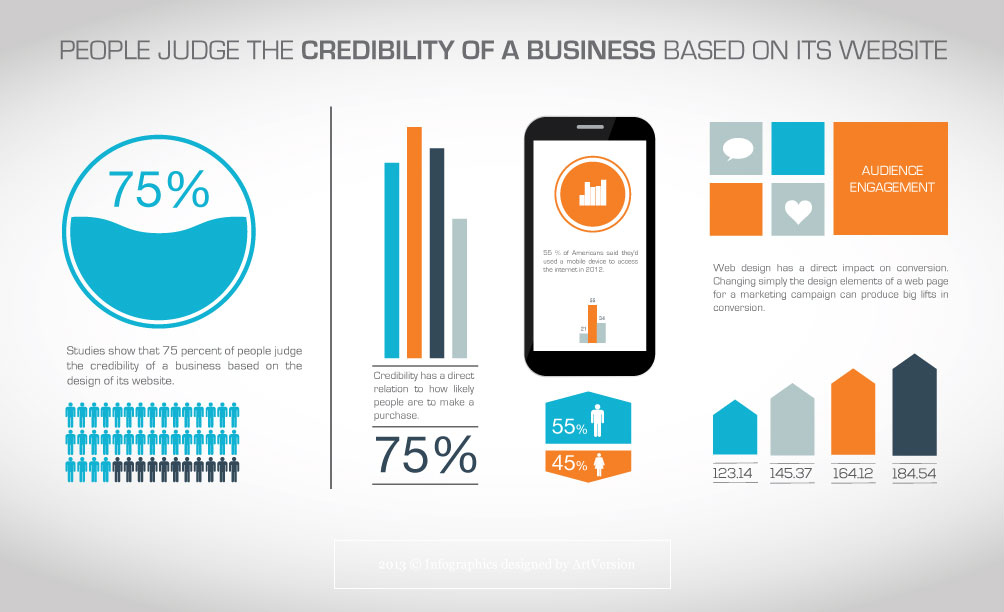Website Layout: A Journey With Time.From Modest Beginnings To Contemporary Wonders, Site Layout Has Undertaken A Significant Transformation For Many Years
Website Layout: A Journey With Time.From Modest Beginnings To Contemporary Wonders, Site Layout Has Undertaken A Significant Transformation For Many Years
Blog Article
Write-Up Writer-Monroe Vangsgaard
In the past, web sites were straightforward and concentrated on details. Navigating was direct, and style was for desktops. Now, customer experience is crucial. Information guides layouts for simple navigating. Receptive designs match different tools. Today, dark mode reduces pressure, and minimalist food selections improve navigating. Interactive attributes involve users, and strong visuals attract attention. AI integration boosts interaction. See how layout has actually advanced to boost your on the internet journey.
Early Days of Web Design
In the early days of website design, simpleness preponderated. Websites were basic, with restricted colors, font styles, and formats. The focus got on providing information rather than flashy visuals. Customers accessed the internet via sluggish dial-up connections, so speed and performance were key.
Navigation food selections were straightforward, typically located on top or side of the web page. Internet sites were made for home computer, as mobile browsing wasn't yet common. Link Website was king, and designers prioritized simple readability over complicated layout elements.
HTML was the main coding language made use of, and developers needed to function within its restraints. Animations and interactive features were marginal compared to today's criteria. Internet sites were static, with little vibrant web content or tailored customer experiences.
Increase of User-Focused Style
With the evolution of site layout, a change towards user-focused layout concepts has become increasingly famous. Today, producing websites that focus on customer experience is essential for engaging site visitors and accomplishing company objectives. User-focused layout involves comprehending the demands, choices, and behaviors of your target market to tailor the site's design, content, and includes appropriately.
Developers now perform complete study, such as user studies and usability screening, to collect understandings and comments directly from users. https://drupal-seo-plugins40627.answerblogs.com/30054697/boost-the-effectiveness-of-your-web-site-by-utilizing-on-page-search-engine-optimization-approaches-that-boost-your-on-line-presence-and-engage-your-target-market -driven method aids in producing instinctive navigation, clear calls-to-action, and aesthetically appealing interfaces that reverberate with site visitors. By positioning the customer at the center of the layout procedure, web sites can provide a more personalized and satisfying experience.
Responsive style has likewise emerged as a key aspect of user-focused design, ensuring that sites are enhanced for numerous gadgets and display dimensions. This flexibility enhances accessibility and use, catering to the diverse methods users interact with sites today. Basically, the increase of user-focused style represents a change towards developing electronic experiences that focus on the requirements and expectations of completion user.
Modern Trends in Website Design
Check out the current trends shaping website design today. One noticeable trend is dark mode style, offering a sleek and modern-day appearance while lowering eye strain in low-light atmospheres. An additional vital trend is minimalist navigating, streamlining food selections and boosting individual experience by focusing on essential elements. Incorporating https://online-marketing-meaning18395.win-blog.com/9940709/increase-your-site-s-performance-with-on-page-search-engine-optimization-proficiency -interactions, such as animated buttons or scrolling effects, can develop a much more appealing and interactive web site. Receptive layout remains critical, guaranteeing seamless user experiences throughout various devices. In addition, using strong typography and unbalanced formats can include aesthetic interest and draw attention to specific web content.
Integrating AI innovation, like chatbots for consumer assistance or customized recommendations, boosts individual involvement and streamlines processes. Ease of access has also end up being a considerable pattern, with designers focusing on inclusive layout methods to cater to diverse customer needs. Embracing sustainability by enhancing site performance for rate and effectiveness is another arising pattern in website design. Teaming up with individual feedback and information analytics to repeat and improve design continually is essential for staying appropriate in the ever-evolving digital landscape. By embracing these modern-day fads, you can develop a visually enticing, user-friendly internet site that reverberates with your audience.
Verdict
As you review the evolution of site layout from the very early days to currently, you can see exactly how user-focused layout has actually ended up being the driving force behind contemporary fads.
Embrace the journey of adjustment and adaptation in web design, constantly keeping the individual experience at the center.
Keep existing with the current patterns and technologies, and never quit progressing your approach to develop visually sensational and straightforward internet sites.
Progress, adapt, and develop - the future of web design remains in your hands.
